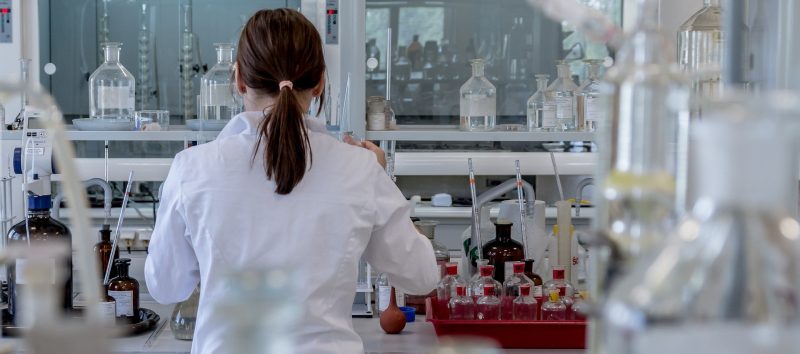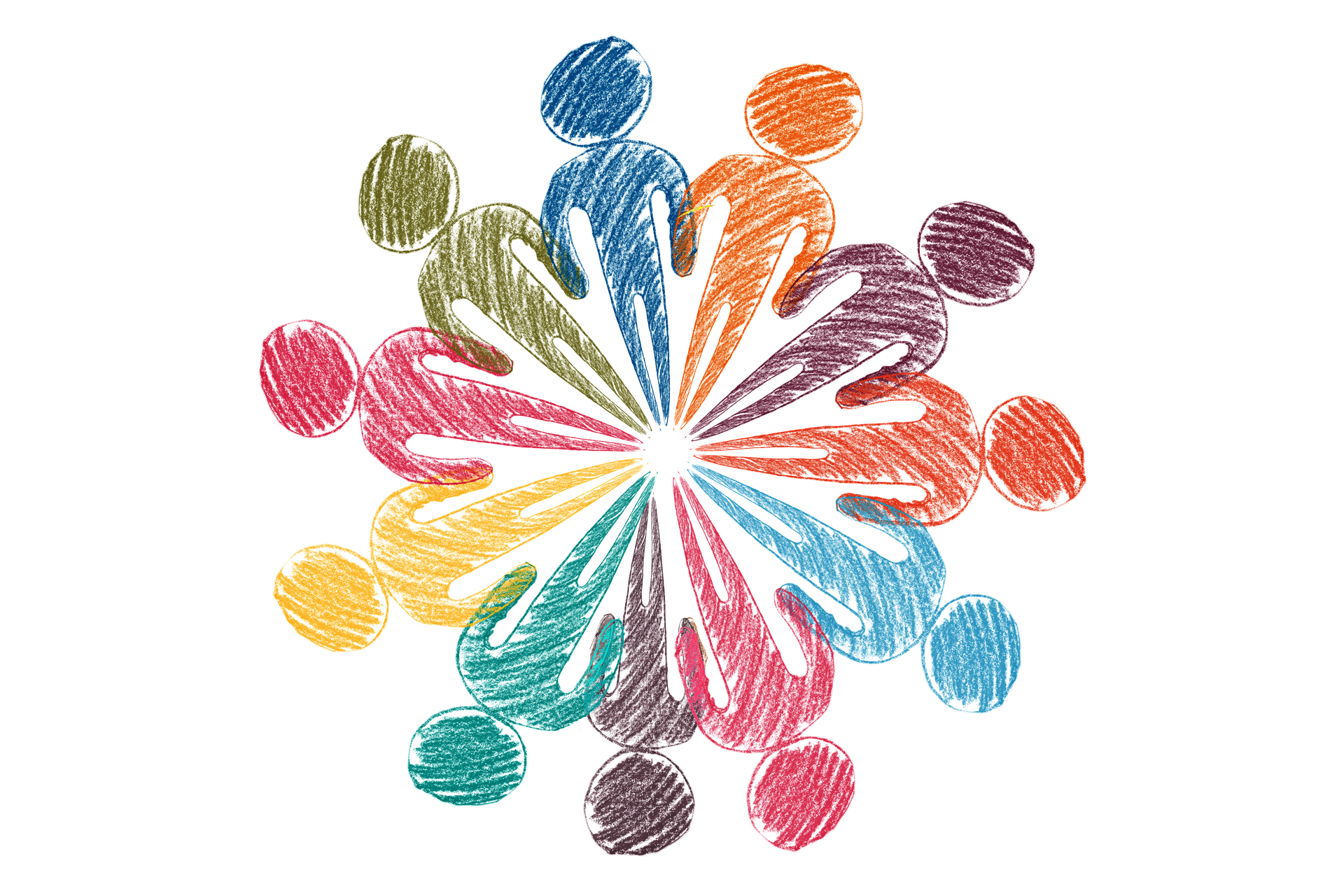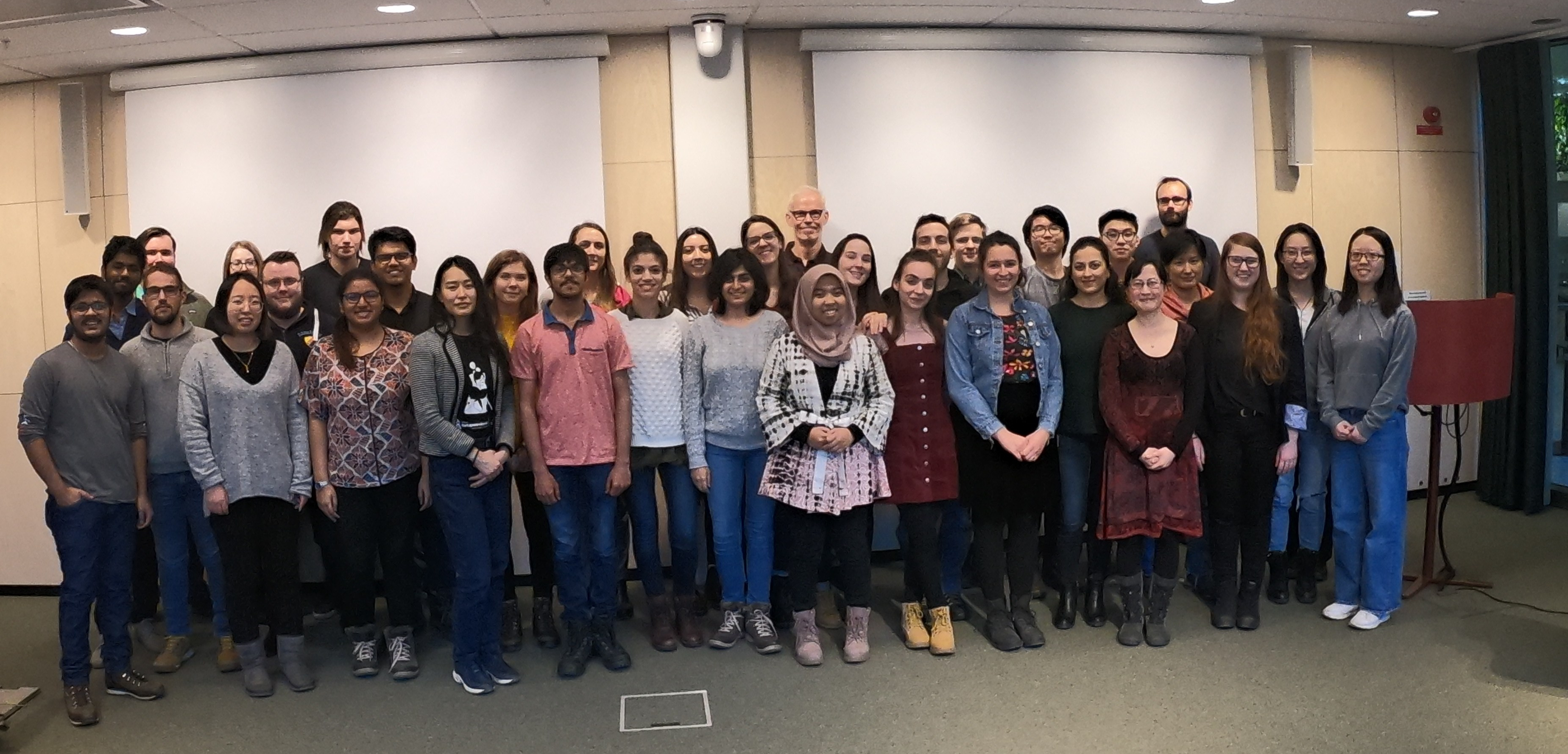
Playing to be scientists: Project in Frontiers in Translational Medicine
Hello!
Remember me talking about Frontiers in Translational Medicine? It is the biggest course of the first semester of the Molecular Techniques in Life Science Master Programme, and you can read my course review about it here! The final part of the Frontiers in Translational Medicine course consisted in designing a scientific project and doing a pilot experiment to check if that project would be viable. Want to know more about how was our scientific experience? Keep reading to find out 🙂
Team work makes the dream work
Science is very collaborative – there are huge teams of people working behind every scientific project, and so did we! First of all we had to choose which role (coordinator, communicator, scientific responsible, tech expert or data analyst) we wanted to be and what technique (CRISPR, qPCR and cell culture, imaging or FACS) we wanted to work with. The teams formed were very varied and we got the chance to work with some classmates that we hadn’t before.

Picture by: Gerd Altmann
Houston…We need a project
After we were placed into teams we had to come up with a project, including a scientific question and pilot experiment. We didn’t have much time for this, roughly three weeks, and we had lectures and other deadlines during this time. It was challenging, but at the same time a great experience, because the only restriction we had was a budget of 10,000 kr per team and to use the technique we had been assigned – we could think about literally any scientific topic we were interested in!
My group was one of the two groups that had to use CRISPR technologies. When we had our first team meeting we were discussing about which of all the available CRISPR-related techniques to use. Thankfully we weren’t alone in this since all the groups had a mentor that helped them design the project and pilot experiment, answer their questions and provide some reagents in case of need. Our mentor was Diego Velasquez Pulgarín, who works with CRISPRa systems, so we decided to check if we could activate a gene by using CRISPRa.
After many hours of group work and meetings with our mentor (and I want to thank him very much for this, since he spent quite a lot of time helping us) we had designed our project and experiment! We also had to present it and write a project proposal, just like if we had to “sell it” for receiving the money to carry it out. We also had to write a very detailed budget of what reagents we would need and make sure that we had enough money for all of them. This part was the most challenging for me, since one of my responsibilities in the group was taking care of writing the budget.
Anything that can go wrong… will go wrong
Every person in this world have experienced Murphy’s Law at least once in their lifetime unfortunately, and science is no exception for this. In our case the most important reagents did not arrive on time. We decided to wait a bit longer – we spent a lot of time designing our experiment that we were very curious to see what would be the result!
In the end, the reagents didn’t arrive, so we had to carry out an emergency plan B. We were able to do all the lab work, but we had to sacrifice a Saturday and spent the whole day in the lab (many thanks to our professor Louisa who spent the whole day there with us). We didn’t get the results we expected, but we had a good time and we learned a lot by doing the planning, lab work and troubleshooting.
Every cloud has a silver lining
I am really happy that we got the opportunity to do this project. From my experience I found that doing an internship or bachelor thesis in a lab is very different to design a whole project from scratch. I had to design some of my own experiments during my bachelor thesis, so that part was less difficult for me. I learned a lot while doing the budget: the amount of different options you can choose from is overwhelming and science is even more expensive than you thought!
Also, the last day of the semester we did a presentation day in which each team presented their work to the rest of the class. It was very interesting to learn about other people’s ideas and how did they solve all the problems they found along the way. We all did a great work, and appreciated very much the chance we had been given.

MTLS first year students + our first semester professors during our presentations day. Photo: Gunter Yeagle
Lastly, I’d like to thanks our professor Louisa Cheung for letting us do this project work, our mentor Diego Velasquez Pulgarin because he was a very valuable help and we learned a lot from the discussion sessions with him and my CRISPRa team (Qi, Choi, Sofia, Thanadol and Kaiyang) – it was awesome to work with them and I’m proud of what we did!
Have any questions about the Molecular Techniques in Life Science Master Programme, Karolinska Institutet or life in Stockholm? Contact me at ines.rivero.garcia@stud.ki.se
/Ines
(Feature photo credits: Michal Jarmoluk)
Email: ines.rivero.garcia@stud.ki.se
LinkedIn: Ines Rivero Garcia

0 comments